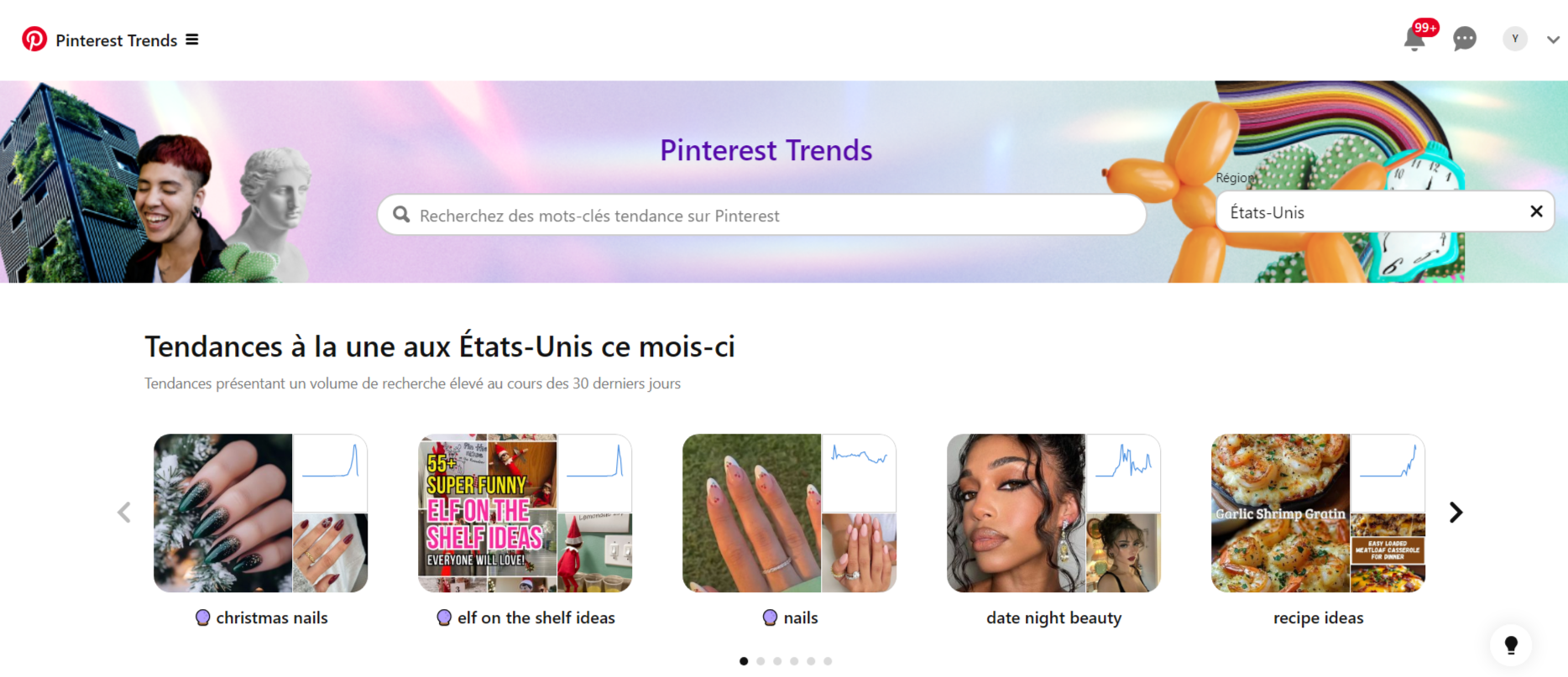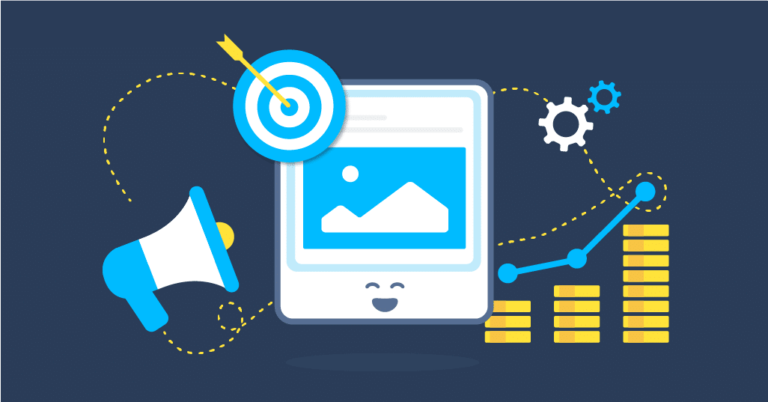Are you wondering why your efforts on Pinterest are not generating the expected revenues? Although this platform offers enormous potential for monetization, many common mistakes hinder success. Poorly optimized profile, non-strategic content, or lack of a monetization plan: these obstacles can be avoided. Discover in this article the traps to avoid and the solutions to maximize your earnings on Pinterest. Happy reading!
1. Not optimizing your Pinterest profile
To maximize your revenues on Pinterest, optimizing your profile is a crucial step that is often overlooked. Your profile is the showcase of your activity and constitutes the first point of contact with your visitors. Here are the most common mistakes to avoid:

An incomplete or unprofessional profile
An unoptimized Pinterest profile can significantly harm your credibility. Make sure your profile name clearly reflects your activity and include a compelling description filled with relevant keywords. For example, if you are in interior design, use terms like “Modern decor ideas” or “Tips for an elegant interior”. Don’t forget to add a link to your website or shop, as this is where conversion often occurs. An incomplete or amateur profile gives users little reason to follow you or engage with your content.
Not using Rich Pins
Rich Pins are a powerful tool for providing detailed information about your products or items. Unlike regular Pins, they automatically update data (price, availability, descriptions) from your website. According to Pinterest, Rich Pins increase the click-through rate by up to 40%. Ignoring this feature means missing out on a major opportunity to generate qualified traffic to your site.
By optimizing your profile with clear descriptions and Rich Pins, you lay the groundwork for an effective strategy to monetize Pinterest.
2. Posting non-strategic content

One of the most frequent mistakes preventing money-making on Pinterest is posting non-strategic content. Pinterest is not just a social platform; it’s also a visual search engine. To attract the right audiences and maximize your revenues, your content must be relevant, engaging, and aligned with users’ interests.
Ignoring trends and keywords
Not considering the trends and keywords searched by users limits your chances of being discovered. Use tools like Pinterest Trends or Google Keyword Planner to identify popular topics in your niche. For example, if you are in the fitness niche, terms like “home exercise routines” or “healthy eating” can boost the visibility of your Pins. A well-optimized Pin with relevant keywords is more likely to appear in searches, generating more clicks and potential revenue.
Using low-quality visuals
Blurry or unappealing images discourage users from clicking on your Pins. Pinterest recommends vertical visuals in a 2:3 ratio, with high resolution and catchy overlay text. For example, a bright image featuring a product with a caption like “10 must-have decor tips” is much more engaging than a generic image. Pinterest users are visual: quality content is therefore essential to capture their attention.
Not posting regularly
Consistency is key to success on Pinterest. Sporadic activity limits your reach, as the algorithm favors creators who post frequently. Plan your posts with tools like Tailwind to maintain a steady flow of content. A daily Pin is a good starting point to maintain your visibility and keep your audience engaged.
With a strategic approach focusing on keywords, attractive visuals, and regular posting, your content can become a powerful lever for generating revenue.
3. Neglecting the monetization strategy
Even with an optimized profile and well-designed content, a lack of a solid monetization strategy can nullify your efforts to make money on Pinterest. To fully leverage the platform, you need to diversify your revenue sources and make the most of the opportunities it offers.

Not diversifying revenue sources
Relying solely on one monetization method, such as affiliate links, significantly limits your revenue potential. Pinterest is an ideal platform to combine multiple strategies, such as:
- Affiliate links: Promote products or services by inserting links into your Pins. For example, recommend kitchen tools in a board dedicated to popular recipes.
- Redirecting to a blog or online store: Publish Pins that direct users to your monetized blog articles or products.
- Digital products: Create and sell your own ebooks, guides, or templates.
Diversifying your approaches reduces risks and allows you to maximize each interaction with your content.
Not analyzing performance
Another major mistake is not tracking the statistics available via Pinterest Analytics. This tool allows you to measure the performance of your Pins, identify those generating the most clicks, and understand what your audience is looking for. For example, if a Pin on interior decor ideas performs better than others, create similar content to capitalize on that interest.
Ignoring partnerships or collaborations
Collaborations with brands or other creators on Pinterest can multiply your monetization opportunities. By forming strategic partnerships, you can reach new audiences while increasing your revenues through sponsored promotions.
By integrating a diversified monetization strategy based on data and collaborations, you turn Pinterest into a true revenue generation tool. With these solid foundations, all that remains is to apply these practices to see concrete results.
By avoiding these common mistakes, you can transform Pinterest into a reliable and sustainable source of income. To maximize your traffic and effectively manage multiple Pinterest, TikTok, and X – Twitter accounts, use Sosoon, the ideal tool to multiply your opportunities and diversify your traffic sources. Try it now!





